The classic Dutch oven is a must-have for any aspiring chef because of its durability and versatility. However, there will be times when you can’t find your reliable Dutch oven. Or maybe you left behind the last time you and your friends went camping! So, what other cooking alternatives can you use in its place?
A Dutch oven can do many things that other cookware and kitchen appliances can, so you have a wide range of alternatives to choose from. Some of the most commonly used Dutch oven substitutes include:
- Slow cookers
- Stockpots
- French ovens
- Cast-iron skillets
- Roasting pans
- Tagine pots
- Casserole dishes
- Air fryers
- Woks
Below, I’ll briefly explain what a Dutch oven is and how it works, as well as explain in more detail the various Dutch oven substitutes.
How Does a Dutch Oven Work?
The Dutch oven can be thought of as a large, oblong pot with a lid that fits snugly on top. The top handle or the short legs of a Dutch oven are both features that allow the pot to be placed directly into a roaring fire.
Although a Dutch oven’s form and construction are designed to mimic an oven, modern cooks can find great success placing their pots and pans inside a conventional oven. When compared to older, heavier cast-iron models, modern Dutch ovens are much more manageable due to their enamel coating.
Iron Dutch ovens are versatile cooking vessels that have been around for quite some time. They’re constructed from thick cast iron, so once heated, the oven retains the temperature and distributes it evenly throughout the interior, making for perfectly cooked food.
Among the many possible uses for a Dutch oven are searing, sautéing, frying, boiling, baking, roasting, stewing, slow cooking, speed cooking, reheating, and so on.
The Dutch oven’s lid is responsible for maintaining an optimal moisture level. It weighs slightly more than it looks, depending on the model, and may have tiny spikes inside to redirect condensation into the food.
Dutch Oven Substitutes
Typically, dishes that require a Dutch oven to cook are ones that have a lengthy simmering time. These dishes, like stews, call for a low and steady supply of heat over a long period of time.
Dutch ovens are excellent multi-purpose cooking tools because of their adaptability. A Dutch oven’s bottom can be used for frying, braising, or sautéing meats and vegetables, or it can be used as a pot for roasting or even just cooking pasta. The possibilities are virtually limitless.
It might seem impossible to find an alternative cooking vessel that distributes heat as uniformly as a Dutch oven. However, there are a few reliable kitchen tools available. A few examples are as follows:
1. Slow cookers
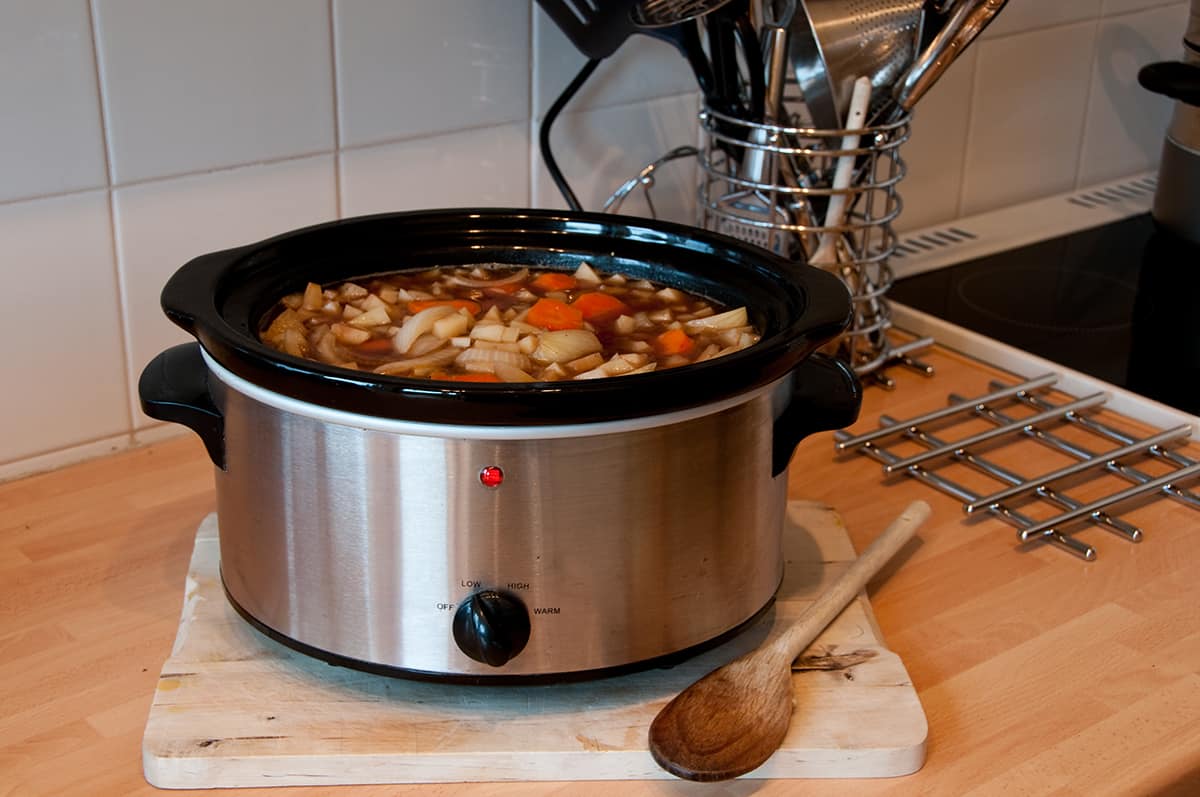
Some of the most widely used kitchen gadgets in the United States are slow cookers like the Crock-Pot. It’s not necessary to constantly adjust the temperature of your oven when using these convenient devices, and they can accomplish nearly any task normally performed in a Dutch oven.
Using the same amount of time as specified in the Dutch oven recipe should be sufficient when converting from a slow cooker. Use a lower heat setting and a longer cooking time for gentler cooking.
2. Stockpots

A traditional pot or stockpot is another viable substitute for a Dutch oven, and unlike the Dutch oven, a large pot is a standard appliance in most kitchens.
The high sides and lid of a stockpot make it ideal for simmering ingredients for a long period of time. Although they were primarily created for making stock or broth, these pots can also be used for braising meat, steaming vegetables, or simmering a flavorful Bolognese sauce.
Stockpots are a great alternative to the Dutch oven when slow cooking a stew, but it is not usually safe for use in the oven.
3. French ovens
As its name suggests, the French oven was made in France and is a contemporary update on the classic Dutch oven. Similar in size and shape to a Dutch oven, French ovens are instead crafted from superior materials like enamel.
The Dutch oven has been replaced by the more modern French oven. This means they can easily prepare food that would normally require a Dutch oven. Braising, frying, and sautéing before finishing a dish with gentle simmering and stewing.
An excellent addition to any home kitchen, a French oven can be used both on the stovetop and in the oven. A French oven’s main drawback is that it is not as long-lasting as a cast-iron Dutch oven, despite being easier to maintain.
4. Cast-iron skillets
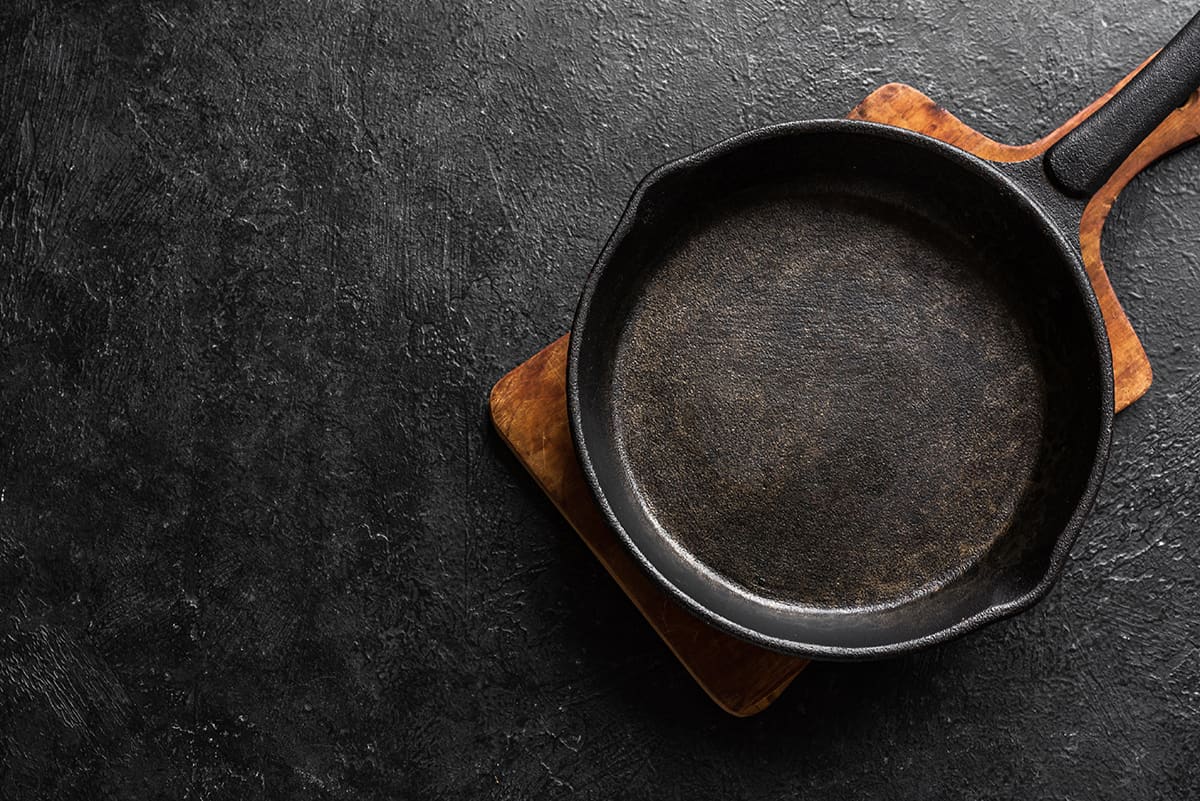
Any dessert recipe that calls for a Dutch oven can be made in a cast-iron skillet instead. Cast-iron skillets, just like Dutch ovens, are sturdy enough to be used over an actual campfire.
Cast-iron skillets have the same excellent thermal characteristics as a Dutch oven because they are made of the same material. However, since most are not enameled, you will need to thoroughly season the pan before using it.
5. Roasting pan
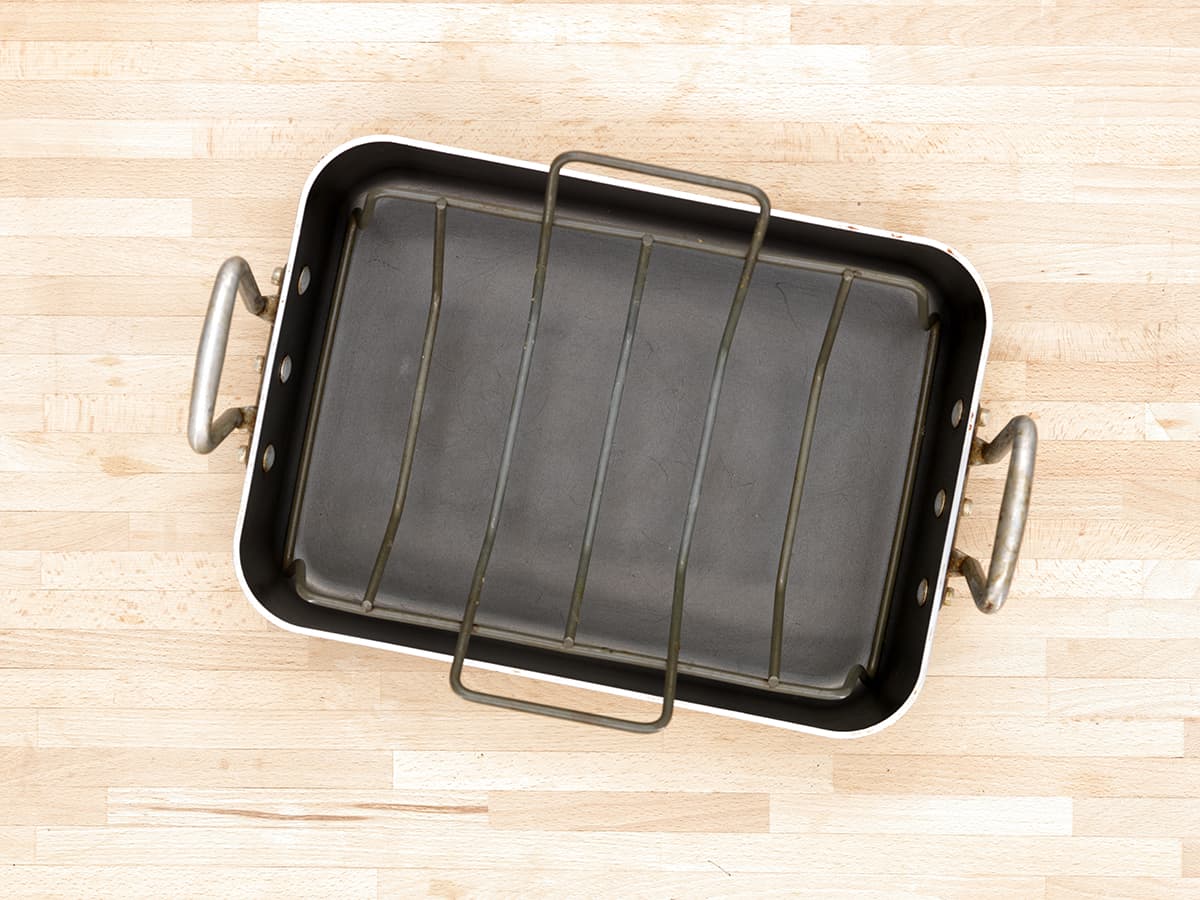
While most people only pull out their roasting pans once a year for Thanksgiving, you’re missing out on all the delicious possibilities if you only use it once a year. One could compare a roasting pan to a large casserole dish.
You can use it to cook several chickens at once, or to make a huge pot of macaroni and cheese or lasagna. A roasting pan can be used in place of a Dutch oven for many dishes, though it is not ideal for braising or other dishes that benefit from having the steam trapped inside.
6. Tagine pots
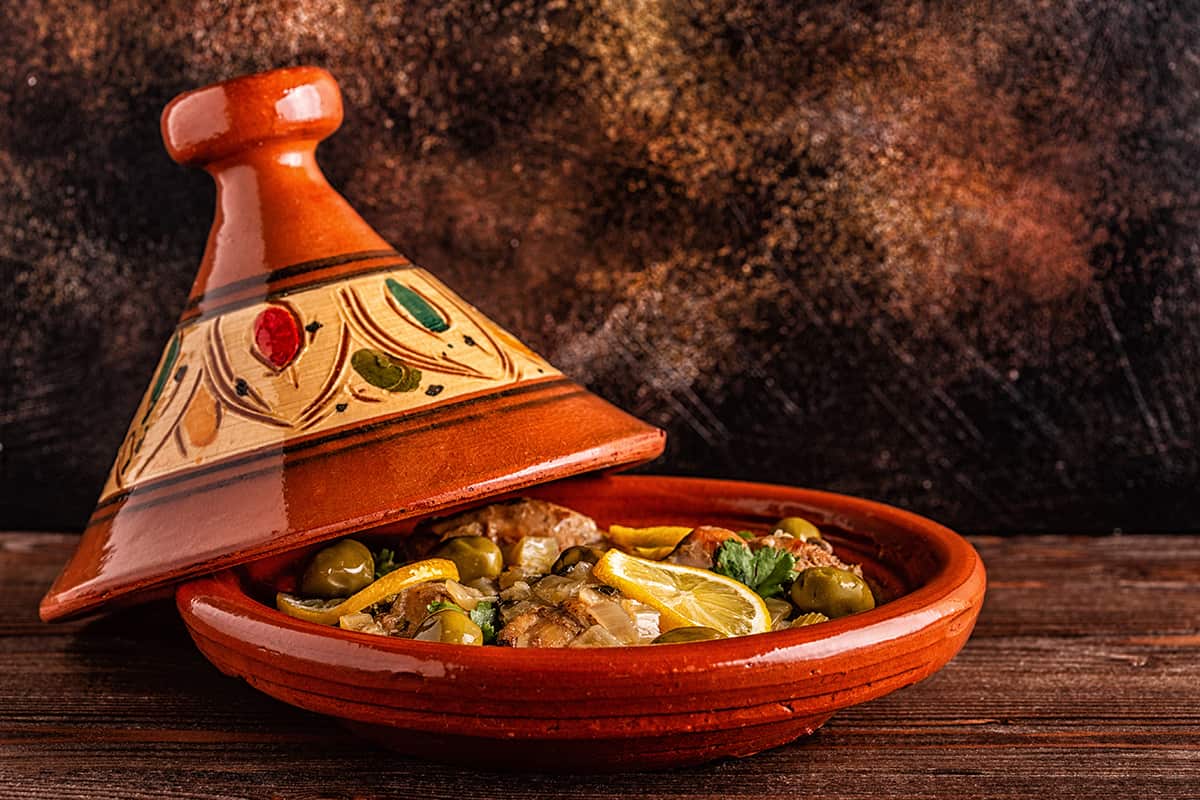
The tagine pot, which takes its inspiration from Morocco, is a Dutch oven alternative that is gaining in popularity among cooks who want to imitate the exotic flavors of North African or Moroccan cuisine.
To ensure that the ingredients inside a tagine pot receive even heat distribution during a prolonged period of time, they are cooked slowly using the same principles as a Dutch oven. And because tagine pots are simply bases with conical lids, they can be used for so many different things, too, including braising meat and vegetables, frying, and sautéing.
7. Casserole dishes
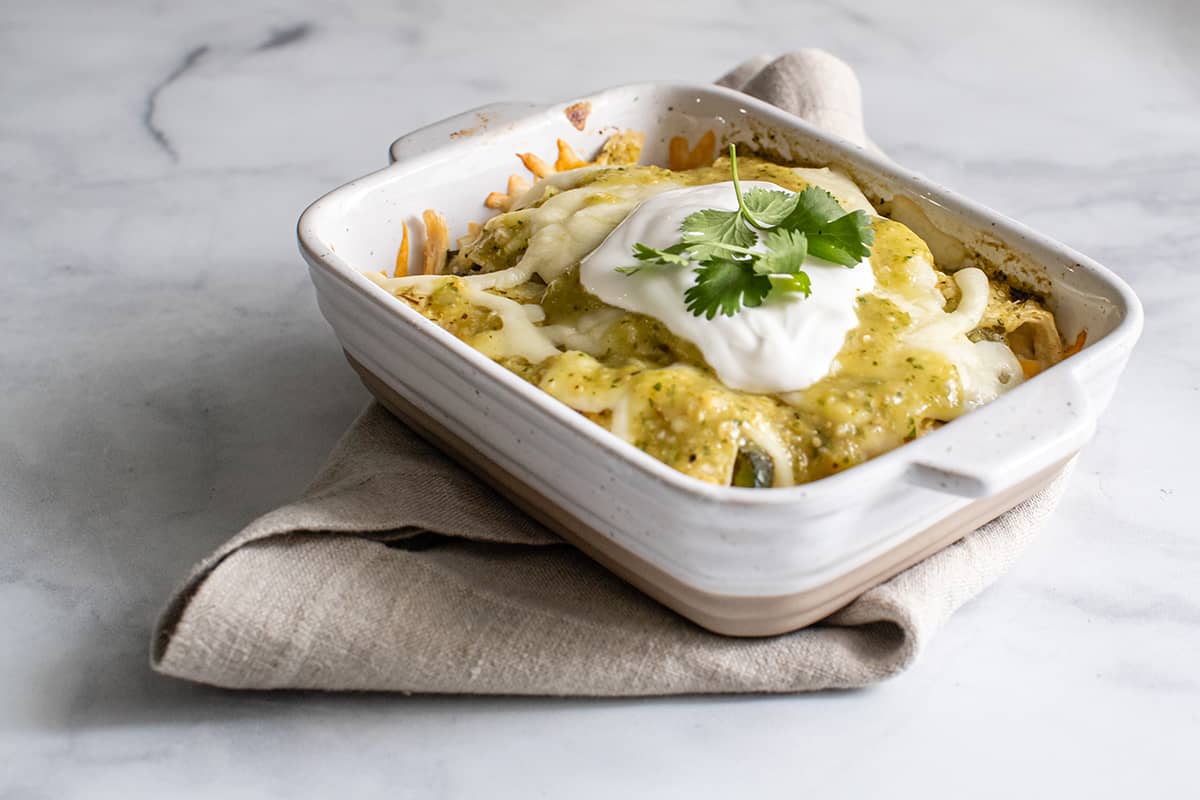
When it comes to cooking everything in a single dish, Dutch ovens reign supreme. A meal can be started on the stovetop and then finished in the oven, reducing the need to wash multiple dishes. You can still make your favorite casseroles without a Dutch oven.
Just about any dish that would normally be baked in a Dutch oven can be baked in a 13 × 9-inch or 8 × 8-inch casserole dish. You can use any casserole dish that can go in the oven, and there are several different kinds. In place of a Dutch oven, you can use any ceramic baking dish with a lid. However, glass dishes, like Pyrex, tend to be cheaper, and a lid can be improvised out of aluminum foil.
8. Air fryers
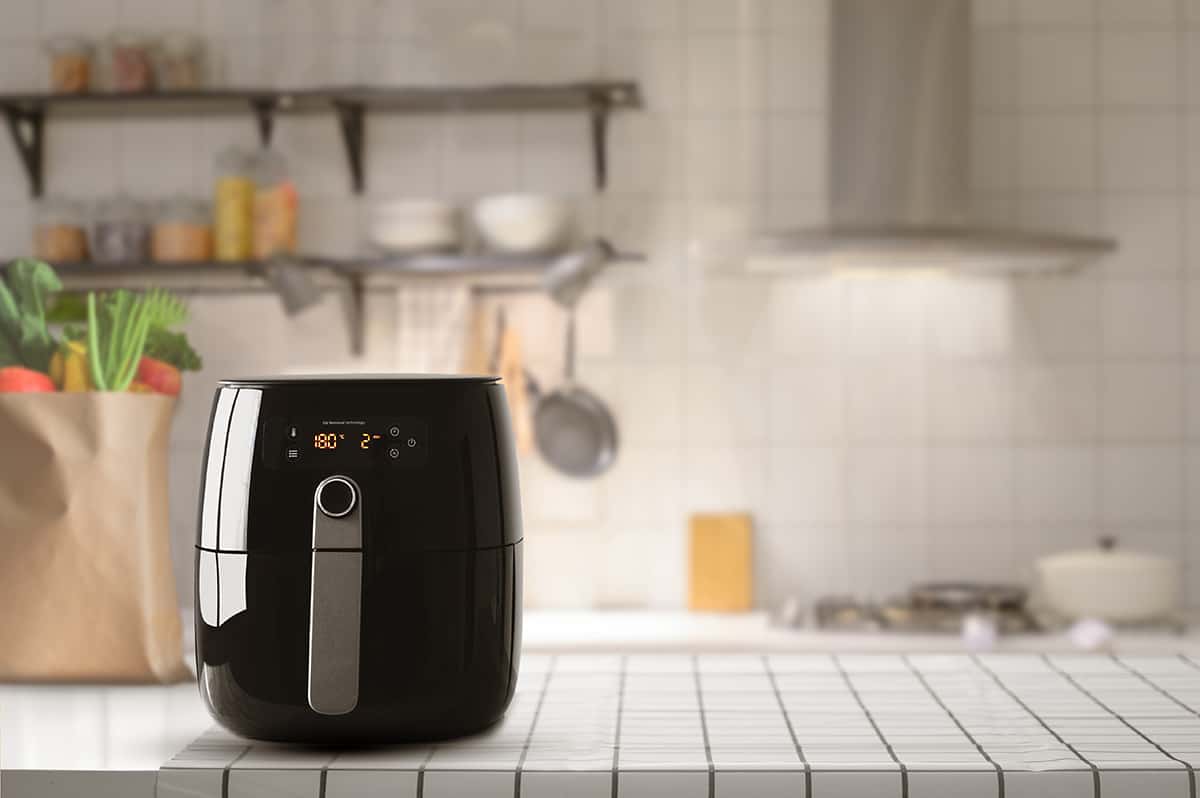
To put it simply, an air fryer is a small, countertop convection oven with a heating coil and a fan that circulates hot air rapidly around the food to cook it. Also, unlike deep-fried food, air-fried food typically has fewer calories and less fat because it doesn’t require any fat to function.
The added bonus of using an air fryer is that you don’t need to add as much oil to crisp up your food. The consistent redistribution of heat will cook food from all angles, creating a deliciously crunchy exterior while cooking the inside to perfection.
9. Wok
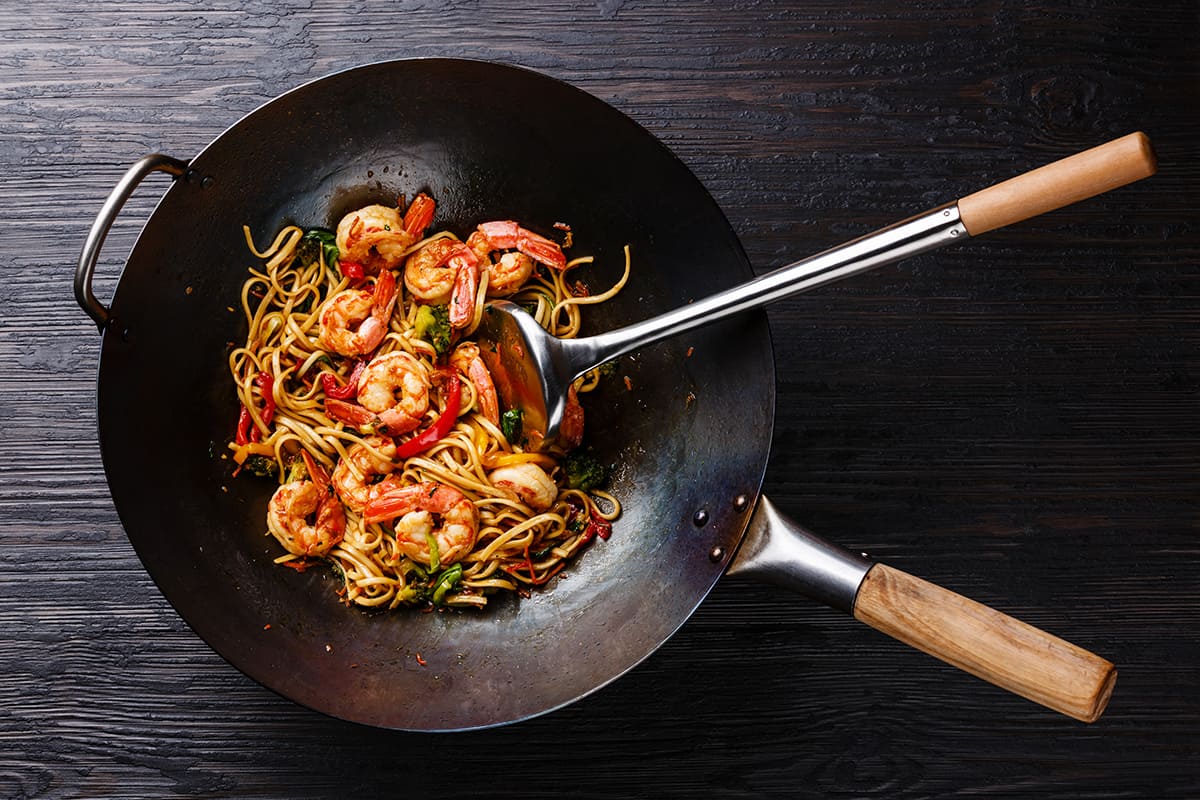
There are a number of benefits to using a wok rather than a Dutch oven when frying. The oil splatter is reduced and your kitchen is cleaner thanks to the flared sides. For the same reason, that shape prevents oil from boiling over.
Air bubbles form as water vapor is released from the food during the frying process. The greater surface area of a wok causes the bubbles to dissipate more quickly. Last but not least, compared to a Dutch oven, cleaning a wok is simpler because food debris settles in the wok’s narrow bottom.






